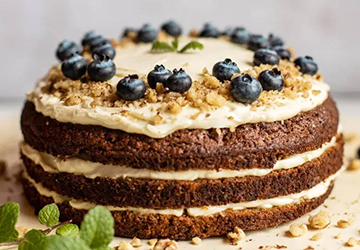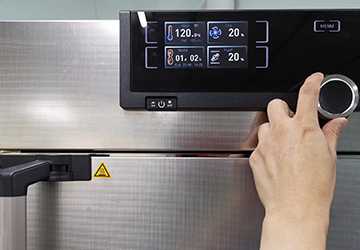Baking a cake is always a pleasure, but at times, it seems full of pitfalls. However, with the proper techniques, anyone can consistently make beautiful, great-tasting cakes.
Baking is as much a science as it is an art. It's all about precision and careful execution to get the perfect blend of taste and texture.

So, in this article, we unlock the six secrets to baking cakes that will take you from good to great, with perfect results each time.
Not to mention moistening, too heavy, sinking in the middle, and baking unevenly—even for experienced bakers. These are all common problems, and there are a few minor mistakes in the baking process, like erroneous measurement, use of poor-quality ingredients, or inaccuracies in the oven's temperature.
However, These can be easily overcome with a more profound understanding and application of the basic principles of baking.
Learn the secrets behind cake making to get the perfect cakes every time. Cake-making mastery is so much more than just following a recipe. It is learning a few indispensable secrets to ensure that your finished cakes will appeal not only to the eye but also to the taste buds.
The absolute indispensable secrets total six and are the things every baker needs to know to ensure their cakes turn out perfect every single time.
For this reason, perfect measurement of ingredients is crucial to baking. Cooking is not like baking, where most things are measured in approximations and taken care of in between; baking requires the exact measuring of measures and ratios due to the chemical reactions involved.
It is where you use a kitchen scale to measure just right, without guessing, ensuring you exactly add what should be there.
For example, too much flour can dry and dense your cake, while too little flour will not allow the cake to be set correctly. Proper measuring should prepare your cake's foundation for success.
Butter, eggs, and milk are contained in almost all cake recipes. These ingredients must be appropriately emulsified to carry air, which is more effective at room temperature.
Butter and other soft ingredients are creamed well with sugar, trapping air and making the cake light. Cold eggs resolidify the fat, making the cake denser.
Planning to bring these ingredients to room temperature can mean the difference between a dense cake and one with a light, tender crumb.
Mixing is the art of baking cakes. Usually, dry mixtures are supposed to be mixed separately before the wet ingredients are added and mixed independently. After, the two are combined.
Try to mix all of them until they are incorporated. Over-mixing the batter after the flour has been added will activate the gluten in the flour and give you a cake that will come out way too harsh.
Undermixing would leave lumps and bake unevenly. Some recipes require that you continue to beat the batter after adding the eggs; the aim is to incorporate more air for rising.
Reliability is critical to your oven. Most ovens do not accurately reflect the set temperature, ruining a potentially perfect cake.
An oven thermometer is a good investment for such a time of frustration to ensure your cake bakes at the right temperature.

Preheat the oven for 20 minutes to ensure consistent heat. Do not open the oven door often, as this can cause significant temperature fluctuations that can affect your cake's rise and texture.
Since ingredients make up the cake, the proper selection will make a big difference to its taste and feel. Quality fresh ingredients provide good taste and structure.
For instance, real butter is much more flavorful than margarine, pure vanilla extract has a deeper flavour than imitation, and high-quality cocoa powder elevates a plain chocolate cake to a gourmet delicacy.
Factor in all ingredients, from flour and sugar to eggs and flavourings.
Your cake pan preparation also affects the final product. Thoroughly grease the pan, and consider using parchment paper at the bottom so that the cake will come free quickly without sticking.
For even baking, use bake-even strips around the outside of the pan, especially with enormous cakes. These strips balance the temperature and reduce the chances of the edges cooking faster than the centre. Hence, there is no more doming and cracking.
So now you have the professional tips. Just go bake the next cake using these strategies and see the results. Do share your success stories and lessons learned.
Share the pictures of beautiful cakes and your experiences to encourage and get encouraged by your fellow baking community. Let's bake, share, and enjoy together!